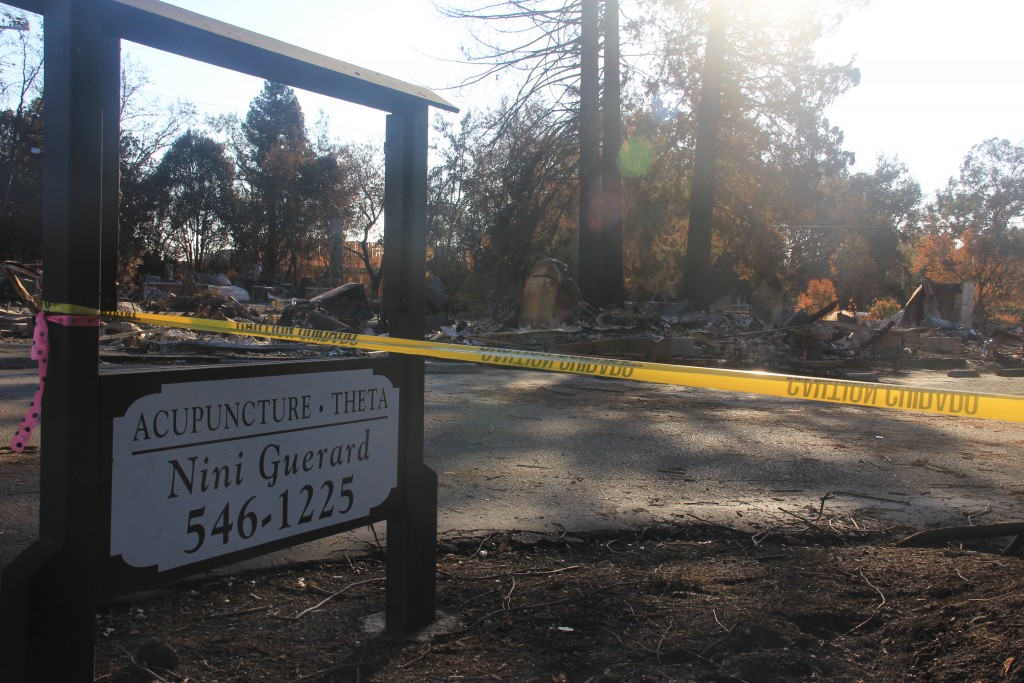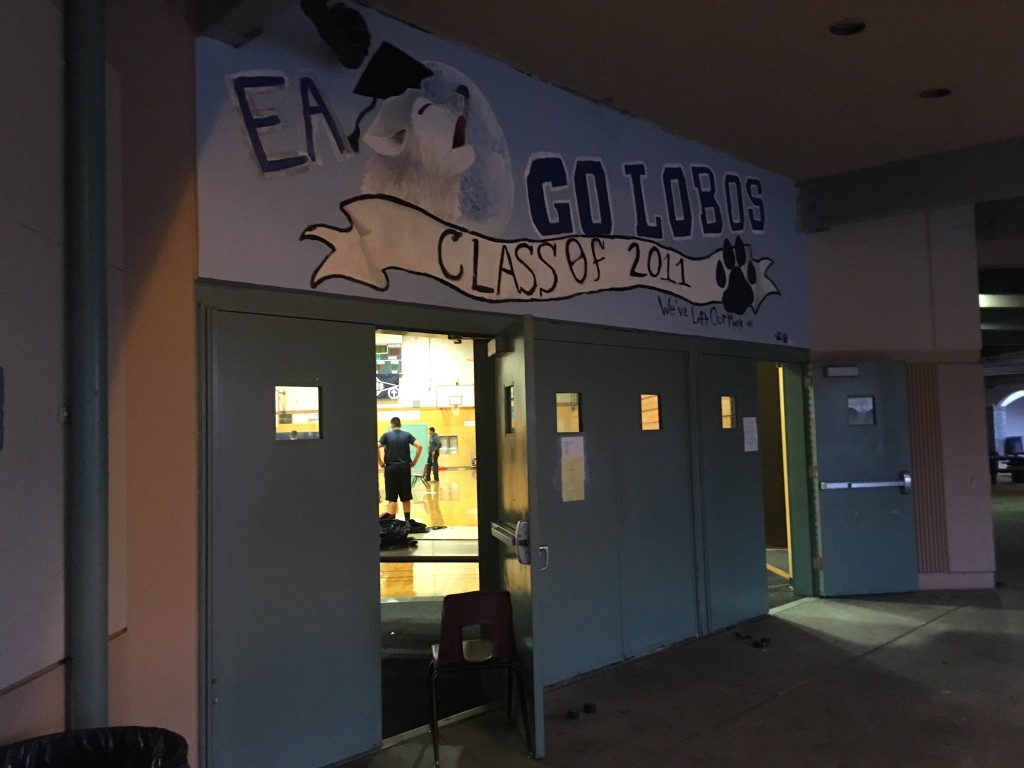
Two major hospitals in Santa Rosa have resumed their normal operations after the deadliest wildfires in California’s history destroyed parts of the city and surrounding areas. But dozens of families remain in evacuation shelters across the region, which have mainly been consolidated to the Sonoma County Fairgrounds RV park in Santa Rosa.
Both Sutter Santa Rosa Regional Hospital and Kaiser Permanente Santa Rosa closed their doors on Oct. 9—one day after the fires began—resulting in the evacuation of over 200 patients to nearby facilities. The Sutter hospital reopened to the public on Oct. 17, while the Kaiser hospital reopened on Oct. 25. Santa Rosa Memorial Hospital, the region’s only Level II Trauma Center, remained open throughout the fires and sustained no structural damage.
The closure of these two hospitals—as well as dozens of clinics, pharmacies, and skilled nursing facilities—put an unprecedented strain on the region’s healthcare system, prompting a grassroots response from local providers to fill in the gaps.
When Dr. Walter Cheng first heard about the wildfires in Sonoma and Napa Counties, he knew he had to act.
“I just happened to be off that day and I was like, ‘I shouldn’t be sitting on my butt. I should do something’” said Dr. Cheng. “So I drove up.”
Dr. Cheng is an internist at the Palo Alto Medical Foundation. During the week of Oct. 9, he joined hundreds of other healthcare providers who traveled to Sonoma County to volunteer at local shelters.
“A lot of [local providers] were not working at the time because the Sutter hospital shut down, but they realized that they didn’t have enough manpower there alone,” said Cheng. “So that’s when they cast a wider net to the greater Bay area.”

Dr. Cheng was based at the Veterans Center in Petaluma, one of over a dozen shelters set up in the city of about 60,000. It housed approximately 400 people, including over 50 elderly and disabled patients who were forced to evacuate from a skilled nursing facility in Santa Rosa. But Dr. Cheng’s primary goal was not treating those who needed hospital-level care. It was keeping people out of the hospital in the first place.
“Our main concern was that the emergency services in the region were compromised because of two hospital closures,” said Cheng. “Our objective was to try and keep people stable to keep them out of the emergency room setting.”
Cheng focused on identifying people with chronic medical conditions such as diabetes, hypertension, and mental illness. Many of these patients were without their daily medications and at an increased risk of a potentially life-threatening event.
“People had very little time to get out of their home and, as a result, didn’t bring their medications and often didn’t know what their medications were,” said Dr. Cheng. “For example, we had a number of people who were diabetic who didn’t have their insulin supplies or their diabetes medications, so we brought glucometers to triage who was stable and worked with local pharmacies to get emergency supplies of medications.”
Those who needed a higher level of care were often referred to the nearby Petaluma Valley Hospital.
In order to care for patients, volunteers relied heavily on donations from local hospitals and pharmacies. According to Dr. Cheng, Home Depot donated 5,000 N95 respirator masks to the Petaluma shelters, which were used to protect patients with respiratory illnesses from inhaling hazardous substances that are common after a fire.
Denise Connor, an internist at the San Francisco Veterans Affairs Medical Center (SFVAMC), also heeded the call for medical volunteers in Sonoma County.
“I had a friend whose mom lost her house and two of my friends are doctors up there who were working crazy hours at Santa Rosa Memorial,” said Connor. “I was just like, ‘I have skills and I could try to help in some small way.’”
In Sonoma County, Dr. Connor volunteered at a Red Cross Center located in the gymnasium of Elsie Allen High School in Santa Rosa. The gymnasium was split into two areas: one part that housed the general population and a second part that housed residents from an evacuated nursing home and disabled people’s home.
“I think there were 20 or 30 patients that the medical team was rounding on that were right by the nurse’s station, and then the general population was right next to them,” said Connor. “The hope was that not everybody would go to the hospital because the emergency rooms were full, so people could come and get a nebulizer or something like that.”

Connor was particularly struck by how many of the shelter’s inhabitants were already marginalized before the fires.
“Who was there were the frail, elderly patients who didn’t have anyone to look after them, some undocumented immigrants, and a lot of people who didn’t have access to the same kinds of resources that other people had,” she said.
“Everyone says, ‘Fire doesn’t care if you’re rich or poor,’ but actually what happens in the recovery phase after a fire is very linked to your resources before the fire,” Connor added. “So that was hard to see.”
Currently, the Federal Emergency Management Agency (FEMA) has reserved up to 80 spots in the Sonoma County Fairgrounds RV park to house those families still displaced by the fires. The county Board of Supervisors has also authorized an additional 120 spots at the fairgrounds should the need arise.
